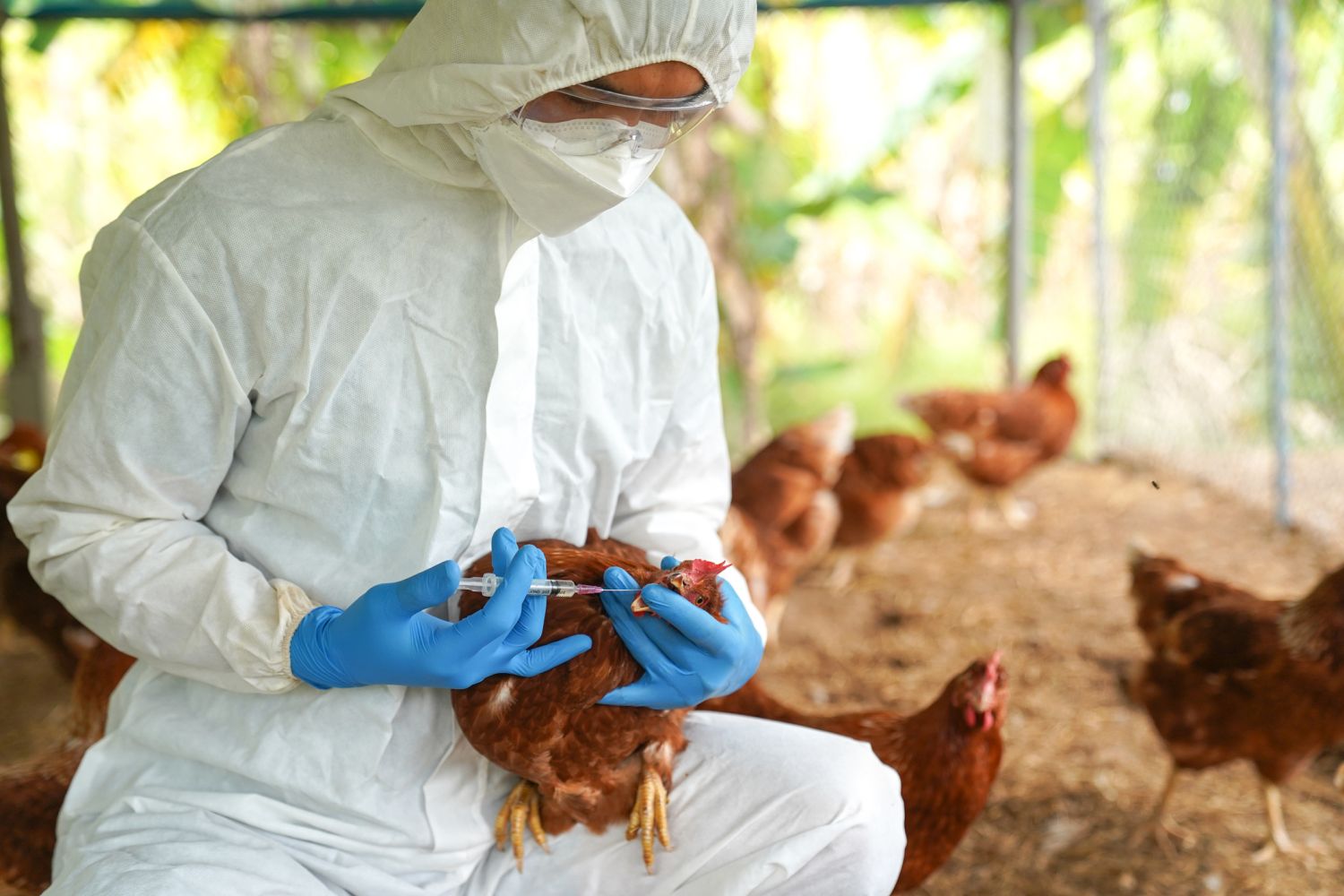The average household income of white-headed households was almost five times higher than that of black African-headed households.
South African households’ spending from November 2022 to November 2023 is estimated at R3 trillion.
The Income and Expenditure Survey by Statistics SA shows that the top four components of household consumption expenditures are warehousing and utilities, food and non-alcoholic beverages, transport, and insurance and financial services.
According to Stats SA, the four components of household consumption expenditure divisions account for approximately three-quarters (75.6%) of all household consumption expenditure in the country. �
Three out of every four rands South African households spend on these four key areas.
Average annual consumption per household
The survey, released in late January 2025, details that South African households’ average annual consumption expenditure was R143 691 in 2023.
However, the median household expenditure for the country was R82 861 per annum.
“Male-headed households accounted for over 60% of all household consumption expenditure in the country and spent on average about R159 315 in 2023.
“The median household consumption expenditure for male-headed households was estimated at R85 804 per annum.”
ALSO READ: Here’s where half your salary goes
Female-headed households
Female-headed households account for under 40% of all household consumption expenditures in the country, with an average annual spending of R123,346.
The median household consumption expenditure for female-headed households was estimated at R80 109 per annum.
In 2023, South African households had an average income of R204 359 per annum, with a median household income of R95 770.
Income difference between male and female
The survey revealed that male-headed households had an average income of R239 590 per annum compared to R158 481 for female-headed households.
“On average white-headed households earned the highest income of R676 375 per annum.
“Followed by Indian/Asian-headed households (R417 431), coloured-headed households (R260 816) and black African-headed households (R143 632).
“The average household income of white-headed households was almost five times higher than that of black African-headed households and almost three times higher than the average household income of coloured-headed households.”
Households headed by those with tertiary education
The survey also covered households headed by people with tertiary education.
This group received the highest average income of R577,415, almost seven times more than the income earned by those with no schooling (R84 185), who received the lowest average household income.
“This highlights the potential high level of income inequality that might still exist in South Africa based on educational outcomes.
“The income of households headed by those with tertiary education was almost six times higher than that of households headed by those with primary education (R98 139).”
ALSO READ: Consumer debt in 2024 shows how consumers still battle with cost of living
Households per province
Gauteng accounted for approximately 36,0% of all household consumption expenditures in 2023, while the Western Cape contributed 18,4%.
These two provinces combined accounted for well over half of all household consumption expenditures in the country.
However, households in the Western Cape are the richest in terms of consumption expenditure, with an annual average of R229 636 and a median expenditure of R128 536.
“They are followed by households in Gauteng, with an average consumption expenditure of R170 628 per annum and a median expenditure of R96 933.”
The province that contributed the least
Northern Cape contributed the smallest share of total household consumption expenditure, accounting for just 1.7%.
However, the poorest province in terms of household expenditure was North West, with an average consumption expenditure of R98 147 and a median expenditure of R61 495.
“Households in the City of Cape Town had the highest average (R248 539) and median (R140 523) household consumption expenditure in terms of the metropolitan area.
“They were followed by households in the City of Tshwane with an average of R198 035 and a median expenditure of R123 176, respectively.
“Households in Mangaung had the lowest average consumption expenditure of R119 245 by metropolitan area.”
NOW READ: Household food basket: Low-income consumers paying more again














